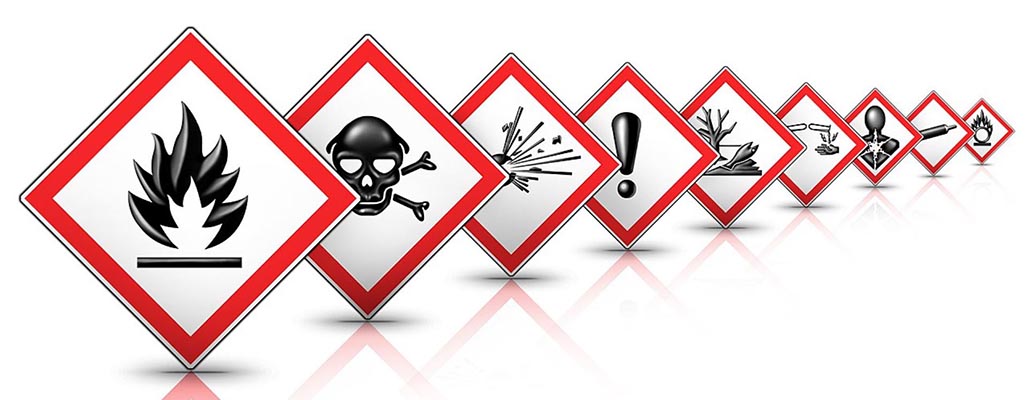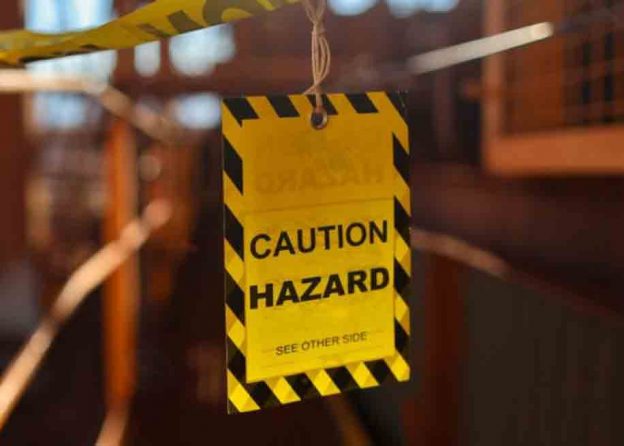Mastering Workplace Safety: A Comprehensive Guide to Hazard Identification and Control
Risk Mitigation
Personal Safety
Increased Productivity
Why This Course Is Essential
Knowledge is the key to prevention!
Let’s look at just one country accident statistics to understand why hazard identification and control is so important to us all.
Based on the statistics from the Health and Safety Executive for Great Britain
- 1.8 million working people suffered from a work-related illness.
- 914,000 workers experienced work-related stress, depression, or anxiety.
- 477,000 workers suffered from a work-related musculoskeletal disorder.
- There were 2,268 mesothelioma deaths due to past asbestos exposures in 2021.
- 135 workers were killed in work-related accidents in the past year.
- 565,000 working people sustained an injury at work according to the Labour Force Survey.
- 61,713 injuries to employees were reported under RIDDOR.
- 36.8 million working days were lost due to work-related illness and workplace injury.
- The estimated cost of injuries and ill health from current working conditions was £18.8 billion for just one year.
Now imagine when we multiply theses figure around the globe, the results and costs to both the person injured and to industries are truly staggering.
This online course is a comprehensive training program designed to equip participants with the knowledge and skills necessary to identify, assess, and mitigate hazards in the workplace.
Through a combination of theoretical knowledge, practical exercises, and real-world case studies, participants will gain a deep understanding of the hierarchy of controls, the importance of safety documentation, and the strategies to effectively eliminate workplace hazards.
- Understanding Workplace Hazards: Definition, Types, and Sources.
- The Hierarchy of Controls: From Elimination to Personal Protective Equipment.
- Hazard Tracking Procedures: Identification, Documentation, and Verification.
- Implementing Engineering and Administrative Controls.
- The Role of Personal Protective Equipment (PPE) in Hazard Control.
- Maintenance Strategies for Hazard Control: Preventive and Corrective Measures.
Why This Course is Essential:
For Companies:
- Risk Mitigation: Reduce the risk of workplace accidents, which can lead to costly medical expenses, legal liabilities, and operational downtime.
- Compliance: Ensure adherence to local, national, and international safety regulations, avoiding potential fines and legal actions.
- Enhanced Reputation: Companies known for prioritizing employee safety are more attractive to potential clients, partners, and investors.
- Increased Productivity: A safe work environment boosts employee morale and productivity, as employees can focus on their tasks without fear of potential hazards.
For Individuals:
- Personal Safety: Equip oneself with the knowledge to identify and avoid potential hazards, ensuring personal well-being both in the workplace and in daily life.
- Career Advancement: Employees trained in hazard identification and control are valuable assets to companies, opening doors to promotions and specialized roles.
- Transferable Skills: The principles of safety are applicable across industries, making trained individuals versatile and in demand in the job market.
Benefits of Training Employees:
For Companies:
- Cost Savings: Reduce expenses related to workplace accidents, such as medical costs, compensation, and equipment repair/replacement.
- Operational Efficiency: A well-trained workforce can identify and rectify potential hazards promptly, ensuring smooth operations.
- Employee Retention: Demonstrating a commitment to employee safety can boost morale and reduce turnover rates.
For Individuals:
- Skill Enhancement: Gain a specialized skill set that sets you apart in the job market.
- Personal Empowerment: Knowledge of safety protocols empowers individuals to advocate for their well-being and that of their colleagues.
- Life Skills: The ability to identify and mitigate risks is valuable not just in the workplace but in everyday scenarios, enhancing overall quality of life.
Career Benefits: Employees who undertake this course position themselves as safety champions in their respective organizations. They can take on roles such as safety officers, risk assessment specialists, or even trainers, imparting the knowledge they’ve gained to others. In industries where safety is paramount, such as construction, manufacturing, or chemicals, this training can be a significant advantage during job applications and interviews.
In less than three hours, this course helps provide the skills and competencies necessary to identify and mitigate construction-related hazards, effectively manage risks, and promote a culture of safety in the construction industry. By the end of the course, participants will have the knowledge and tools to create a safer working environment, protect themselves and their colleagues, and contribute to the overall success of construction projects.
Who the course is for
This course is designed for workers, supervisors, and safety professionals in all industries who are responsible for ensuring the safety and well-being of employees. It is also an essential course for individuals seeking to enhance their knowledge of safety in their workplaces.
Why it works
- Minimal disruption to the working day – the course takes only half a day
- Designed for anyone, in any sector, worldwide
- Provides the knowledge and tools required to identify hazards and controls in the workplace environment.
- High-impact programme
- Efficient and effective learning – multiple topics are covered in a single, self-contained course.
The business benefits
Participants will have the knowledge and tools to create a safer working environment, protect themselves and their colleagues, and contribute to the overall success of construction projects.:
- Minimise risk of an incident.
- Improve your safety culture
- Develop staff roles in critical point controls.
- Achieve an internationally recognised and respected certification for staff
- Enhance your reputation within the construction industry.
Your benefits
By taking this course, you’ll be able to:
- Understand your own responsibilities for yours and others safety
- Identify and report on potential hazards
- Assess workplace safety levels
- Comply with OSHA and international standards
The average time needed to complete the course is 3 hours and the minimum pass mark for the exam is 70% and we recommend the course is taking every 2 years.
The “Hazard Identification and Hazard Control” course is not just a training program; it’s an investment in the future. For companies, it’s about safeguarding operations and reputation. For individuals, it’s about ensuring personal safety and paving the way for a successful, fulfilling career.
Safety is everyone’s responsibility, and this course provides the tools to make it a reality.

Who benefits From This Course
Everyone! risk identification and control is a serious danger to our lives, homes and businesses.
The world is changing quickly and businesses need employees with training, knowledge and skills in order to be competitive.
People who continually develop their professional skills or pursue higher education and training, are placing themselves at the forefront for career advancement opportunities in their future.
By giving yourself or your employees, the knowledge to perform your role safely at work, you will stay safe at work and go home safe, which makes the rest and play time in life, far more rewarding, whatever it is you love to do.
KNOWLEDGE IS POWER, EMPOWER YOURSELF TODAY!
Course Content
Identifying Hazards
About Instructor



